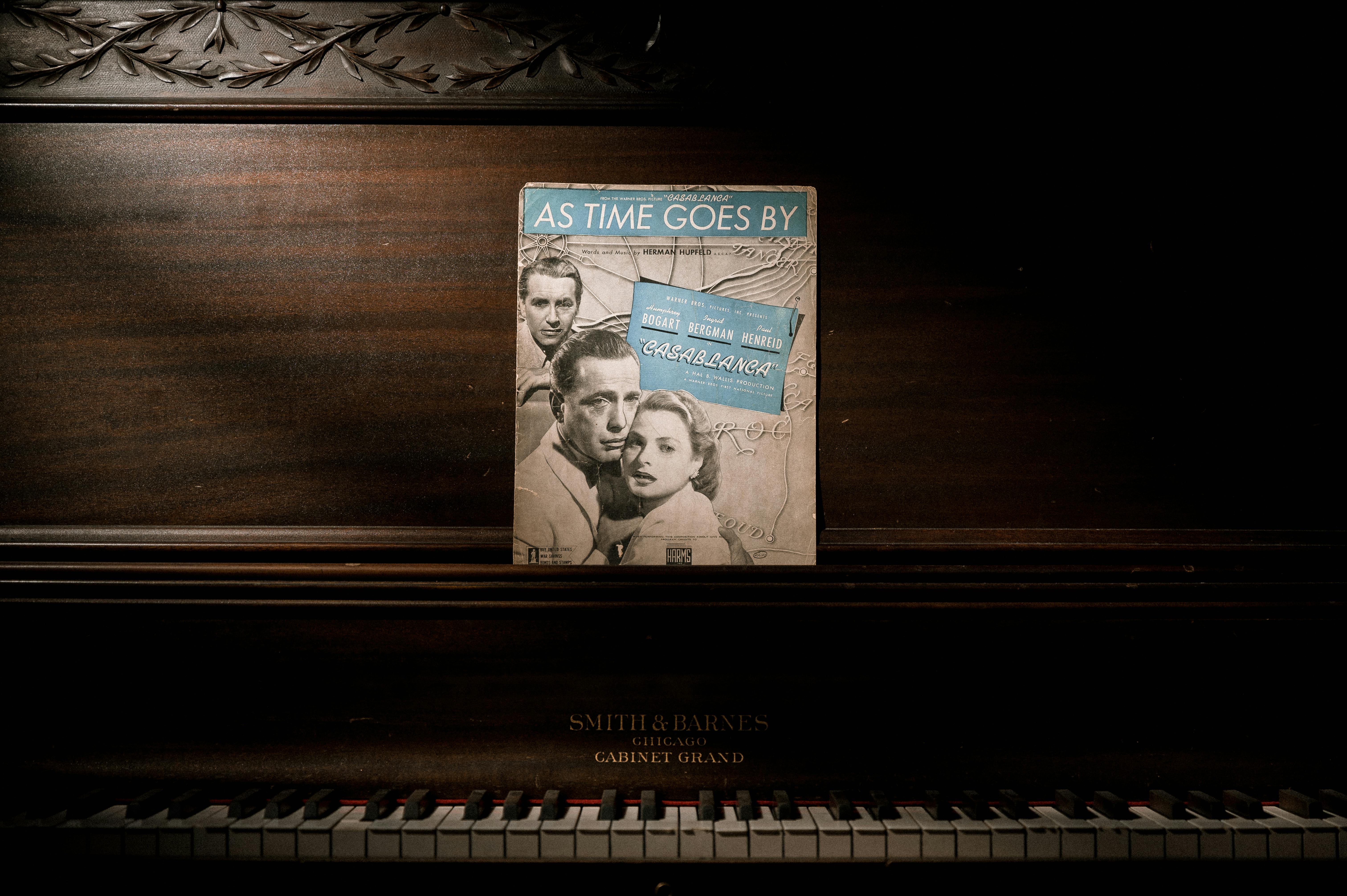Cinematic Overtures: The Resurgence of Film Scores
Intro: In the age of digital streaming and visual effects, a trend is quietly redefining the cinematic experience: the resurgence and reimagining of film scores. Let's dive into the symphony of this artistic trend. The history of film scores dates back to the silent film era in the late 19th and early 20th centuries. Live musicians would accompany screenings, providing a musical backdrop to the on-screen action. With the advent of sound in films in the late 1920s, the film score became an integral component of the movie-making process, enhancing the narrative and driving the emotional response of the audience.

The Current Resurgence
In recent years, film scores have seen a resurgence, moving beyond their traditional role to become a central element of the cinematic narrative. This revival is evident in the increasing popularity of film score concerts and record sales. Movie soundtracks today are not just background music but are becoming standalone pieces of art, listened to and appreciated outside the context of the film.
Impact and Significance
The resurgence of film scores has had a profound impact on the narrative of films. They have become a critical storytelling element, often acting as an unspoken character, shaping the mood and directing the audience’s emotional journey. This trend has helped composers gain recognition and acclaim, often sharing the spotlight with the film’s director and cast.
Reception and Appreciation
The renewed interest and appreciation for film scores is reflected in the increased number of awards and accolades being dedicated to this art form. The Grammy Awards, for instance, have expanded their soundtrack categories, acknowledging the growing importance of film scores in the music industry. Film score concerts are selling out at major venues worldwide, further highlighting the public’s appreciation for this art form.
Looking to the Future
As we look to the future, the role of film scores will likely continue to evolve, driven by technology and audience demand for a more immersive and emotional cinematic experience. This resurgence is not just a passing fad but a reflection of the evolving relationship between music and cinema, offering a fresh perspective on the art of storytelling.
In conclusion, the resurgence of film scores signifies a shift in the cinematic landscape, with music playing an increasingly pivotal role in the narrative process. This trend is a testament to the transformative power of music, and its ability to evoke emotions and enhance storytelling, ensuring film scores continue to be a vital part of the cinematic experience.



